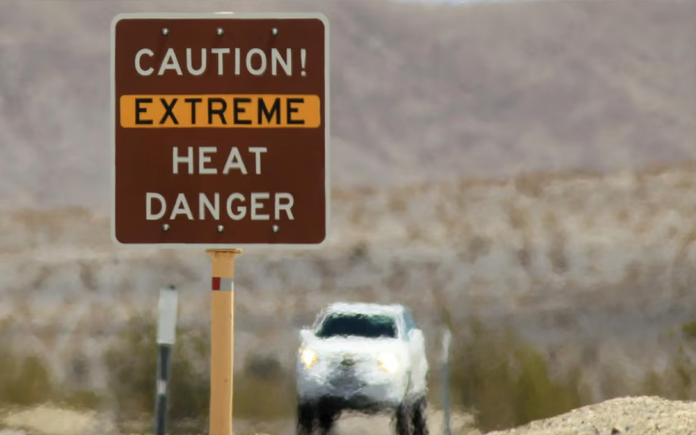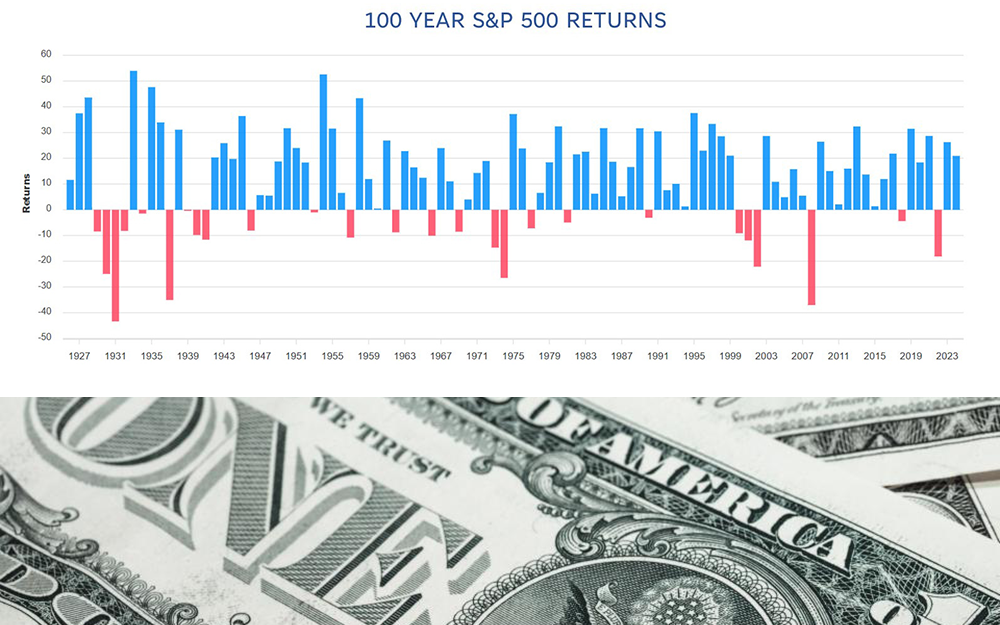
By Haddon Libby
When summer temperatures reach seasonal peaks as we have experienced of late, some of the basics that we take for granted become life threatening.
The first thing that comes to mind is our homeless population and those in other cities throughout the Southwest. Finding out the exact number of people who die due to the heat is difficult as many of these deaths are due to something else with the extreme heat being a contributing factor.
The State of California reports that 599 people died due to the heat for the decade ending in 2019 from its population of more than 40 million. A survey conducted by the Los Angeles Times in 2021 estimated that the state had seven times as many heat-related deaths at 3,900.
Maricopa County, Arizona conducts one of the best surveys of heat-related deaths of any municipality. The Country attributed 425 deaths to the heat amongst its population of 4.5 million people. Eighty-one percent of those who died were male with three-quarters having attended no more than high school. Two-thirds of deaths occurred while abusing a substance. Meth was the drug in 90% of cases. Three in five were older than 50 years of age with 56% being homeless. The death rate in 2022 was 25% higher than 2021 and double the number experienced between 2016 and 2019. Eighty percent of the deaths happened outdoors with 20% discovered in uncooled homes. Heat stroke was the common form of death with most being seniors.
Nowhere felt the pain of the summer heat dome last year than Italy where only 10% of the 60 million population have air conditioning. Italy suffered 18,000 heat related deaths last year with another 60,000 across Europe.
As reported by Marion Bouchot on KESQ, the County states that there have been no heat-related deaths in the entire County this year. The zero is due to the County not tasking a person to tabulate this information. If 2021 numbers are to be trusted, twenty-seven people across Riverside County where 2.4 million people live.
Another group at risk of death from the heat are our friends, family, and neighbors with mobility issues. Due to the high temperature of the pavement, people who have trouble lifting themselves after a fall should avoid going out during the heat of the day. The damage caused to skin and tissue from prolonged exposure to hot payment causes long-term pain and health problems. When the temperature reaches the 110s, asphalt is 180 degrees.
180 degrees is also when asphalt becomes less firm. Back in 2006, the UK had to coat one highway with crushed rock dust as the road was melting under the sun. The dust resealed the pavement. Problems like this have largely been solved as roadways have been repaved with polymer binders to adjust to local climate. While our hot temperatures will not turn our roads into a shallow version of the La Brea Tarpits, you will see areas where the heat of car tires in combination with the heat of the road will cause the road to warp with deeper ruts in the areas more heavily trafficked.
Did you ever wonder if hot weather can melt your tire or cause a blowout?
According to Firestone, the tire on your car is vulcanized and cannot be remelted. Tires tend to blow out in the summer due to inadequate air pressure. Your tire gains one pound per square inch (PSI) of pressure with every ten-degree temperature increase. While the heat may increase pressure, do not lower air pressure as blowouts are more often caused by the underinflation of a tire. Tires lose 1 PSI per month naturally. By using an underinflated tire, it rotates at a hotter temperature which causes the steel and rubber to flex more, weaken the structure and blowout.
Haddon Libby is the Founder and Chief Investment Officer of Winslow Drake Investment Management. For more information on our services, please visit www.WinslowDrake.com.












































